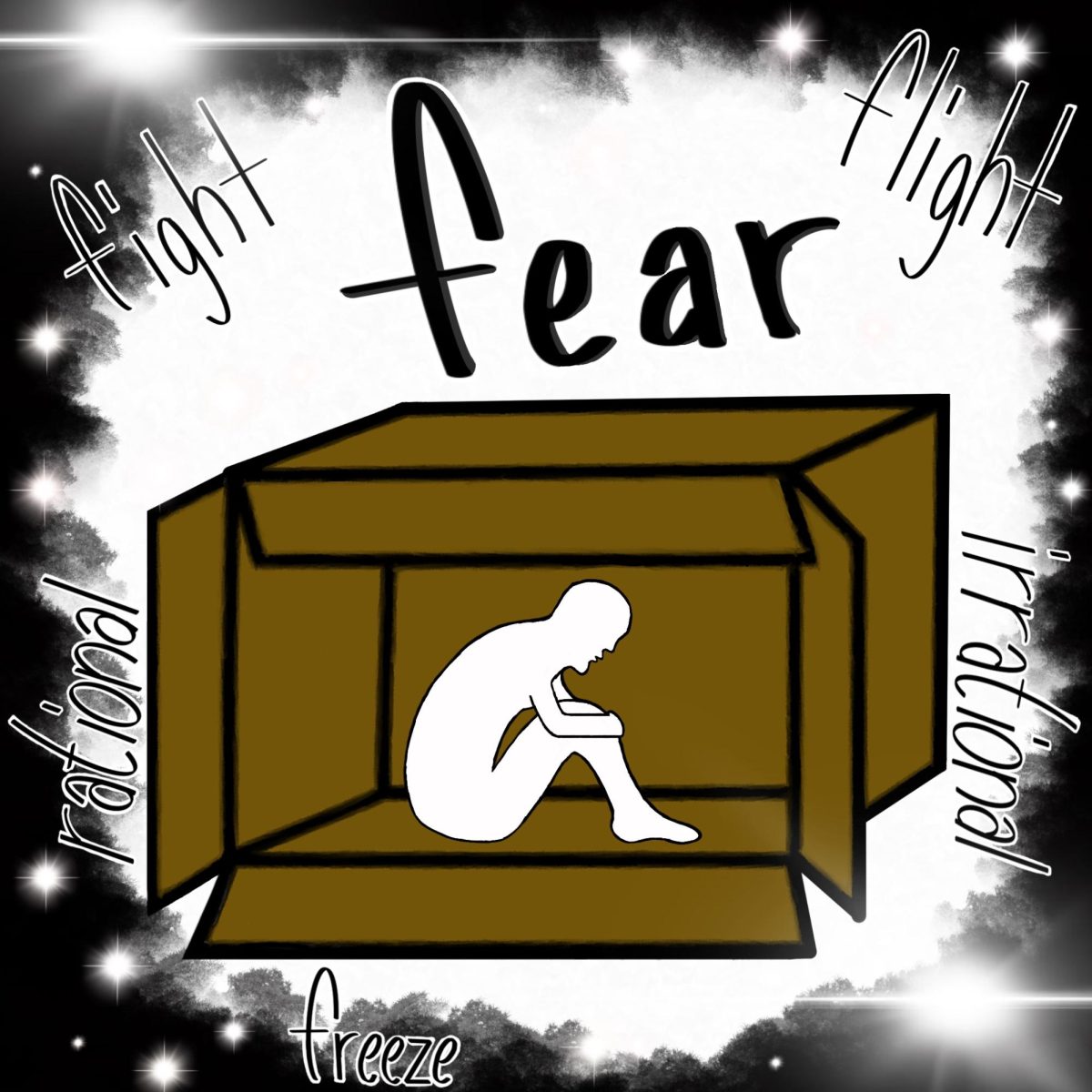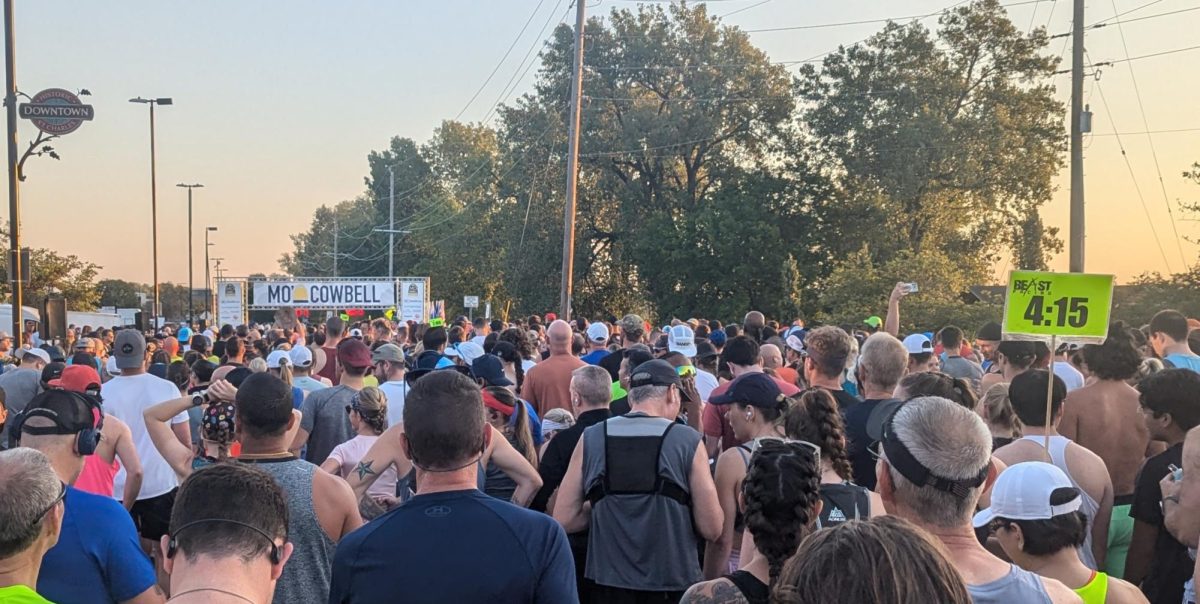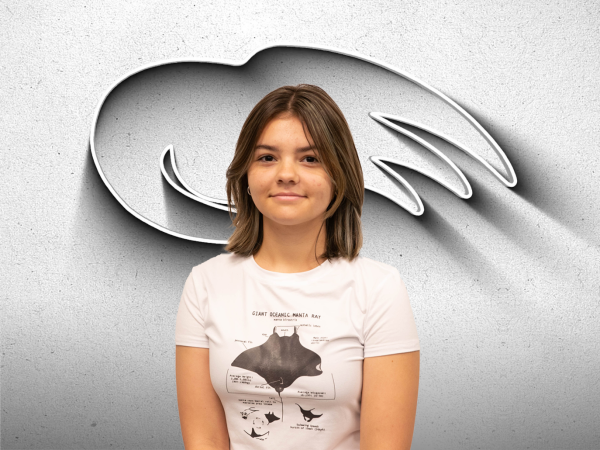Throughout human existence there has always been something bigger, stronger, better. So why is it that even though we are smarter and at the best time in history we still fear small irrational things, is this beneficial in any way?
The reaction of fear is a non-controllable and a normal reaction that mammals have used to survive for millions of years. You could argue that fear is one of the strongest emotions and a strong driver for the successes of evolution.
[aesop_content color=”#000000″ background=”#ffffff” width=”content” columns=”1″ position=”none” imgrepeat=”no-repeat” disable_bgshading=”off” floaterposition=”right” floaterdirection=”up” revealfx=”off” overlay_revealfx=”off” aesop-generator-content=”FEAR<br />
Noun. <br />
An unpleasant emotion caused by the belief that someone or something is dangerous, likely to cause pain, or a threat.<br />
Verb<br />
be afraid of (someone or something) as likely to be dangerous, painful, or threatening.</p>
<p>”]FEAR
Noun.
An unpleasant emotion caused by the belief that someone or something is dangerous, likely to cause pain, or a threat.
Verb
be afraid of (someone or something) as likely to be dangerous, painful, or threatening.
[/aesop_content]
Another way our bodies react to the stress induced reaction is fight, flight, or freeze. Whenever your reaction to fear is fight you will tense up and become aggravated, ready to defend yourself. Flight tends to be running away or becoming jumpy, easily startled from small movements. There is unfortunately little to no known reason as to why people may react to the same situation differently.
“There’s actually complex responses generally from all over your brain, but if you want to pick one area your fight or flight response originates in a part of the brain called the amygdala,” ” AP Psychology teacher Mr. Barker said.
The amygdala is a small part in the middle of your brain that tells your nervous system to go into the fear response. This releases adrenaline and cortisol into the blood, right above the kidneys.
Physical reactions to your body while in fear:
- Pain perception – Your reaction to pain is currently reduced due to the surge of adrenaline.
- Blood – Your blood may thicken. This helps incase of an injury your blood can clot around the wound with much more efficiency.
- Eyes – Pupils dilate causing you to easily notice your surroundings.
- Skin – You could produce more sweat, shake, have goosebumps, or look paler in color.
- Breathing – You start to deliver more oxygen to your blood, this can make you unknowingly hold your breath or stop breathing.
There are three main categories of phobias: specific, social, and agoraphobia. Specific phobia examples consist of specific things that may induce stress to the person but be very distinct. It can range from anything from cotton balls to planes. Social phobias are situational; “speaking in front of large groups, giving a work presentation, giving a speech or meeting new people can trigger symptoms for the first time.” Agoraphobia is the phobia of leaving to go to somewhere unknown or dangerous. This can become crippling for the individual causing it to become difficult to experience new things. In severe cases a person’s only safe place could be their home. This would become detrimental to living their everyday life.
Common phobias examples:
- Achluophobia – Fear of the dark
- Aichmophobia – Fear of needles or sharp objects
- Automatonophobia – Fear of human-like figures
- Bacteriophobia – Fear of germs or bacteria
Different phobias such as social phobias and agoraphobia can affect an individual daily life. Being scared of new places or people can be an issue when you live in society, common tasks such as going to the grocery store, bank, work, etc. can become a hassle and overly stressful; this causes the person to slowly stop taking care of themselves. Tasks we may consider easy can be long extraneous trials.
Why is it that some people enjoy being scared? Whenever you are in a stressful or exciting situation the amygdala releases the hormones norepinephrine and epinephrine; bursts of these hormones can cause large amounts of happiness. Or as most people know it as an adrenaline rush. According to an article in “Medical News Today,” “Anecdotal evidence suggests that this unconscious need for stimulation can affect the way a person’s everyday behavior. An adrenaline junkie may therefore create drama in their life to trigger their body’s response to stress.” Certain individuals may put themselves through more extreme situations in order to feel a high or boost of adrenaline.
The fear response could also prove to be beneficial in threatening situations or with approaching danger. What can determine if what you are feeling is rational or irrational depends on if it can negatively affect your life or put yourself in danger. If you have someone aiming a gun at you, that would be a rational fear due to the risk of losing your life. But an irrational fear would be if you saw a doll and thought it would come to life. If your irrational fear doesn’t affect you or other people’s lives then it’s not an imminent issue.
This begs the question, why is it that certain people avoid trying to get over their fears? “Sometimes people don’t want to get over phobias is because of they get comfortable with it.” Barker said. Adding on to this many individuals may have been given poor treatment style and they become more frightened over this, potentially causing PTSD.
For the people who are wanting to weaken the effect, their phobia affects them there are different therapies. “Exposure therapy, we’re going to start with a picture of a bug because some people start crying and freak out over it,” Barker said. “I would show you a picture of different bugs and find a freak out moment; we would get to the point where you can deal with the picture.” Slowly the bug would come closer to you, eventually you would get to a point where the bug being there does not affect you. This causes the patient or individual to realize that it cannot hurt you.
Additionally, while doing this technique you must ask the patient if they are comfortable doing this. If you were to immediately shove whatever they fear or put them in that situation this could worsen their phobia, thus causing them to lose any progress they had made or making their predicament worse. “Aversion therapy, where we want someone to become afraid of something that they’re not,” Barker said.
Have you ever eaten something in the past that you now cannot eat as often or at all? Well, this is because you associate the food with the bad experience. This can be used to change one’s views of the topic causing the individual to no longer lack a reaction.
Overall, the ideas of phobias and fears are a topic that psychologist are still trying to study, understand, and treat better.
















